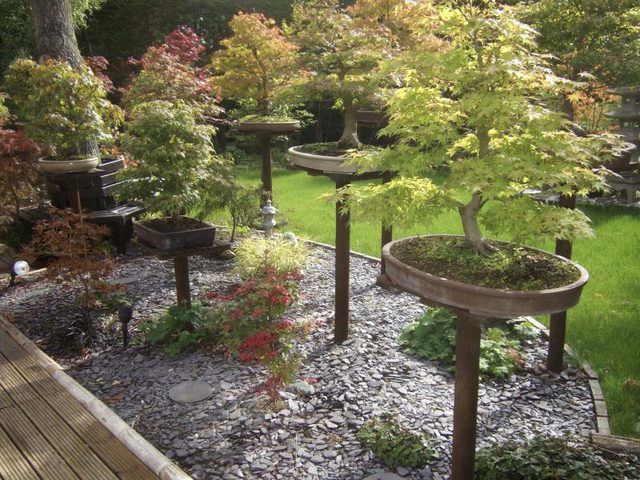Bulbs
Flower Basics
Flower Beds & Specialty Gardens
Flower Garden
Garden Furniture
Garden Gnomes
Garden Seeds
Garden Sheds
Garden Statues
Garden Tools & Supplies
Gardening Basics
Green & Organic
Groundcovers & Vines
Growing Annuals
Growing Basil
Growing Beans
Growing Berries
Growing Blueberries
Growing Cactus
Growing Corn
Growing Cotton
Growing Edibles
Growing Flowers
Growing Garlic
Growing Grapes
Growing Grass
Growing Herbs
Growing Jasmine
Growing Mint
Growing Mushrooms
Orchids
Growing Peanuts
Growing Perennials
Growing Plants
Growing Rosemary
Growing Roses
Growing Strawberries
Growing Sunflowers
Growing Thyme
Growing Tomatoes
Growing Tulips
Growing Vegetables
Herb Basics
Herb Garden
Indoor Growing
Landscaping Basics
Landscaping Patios
Landscaping Plants
Landscaping Shrubs
Landscaping Trees
Landscaping Walks & Pathways
Lawn Basics
Lawn Maintenance
Lawn Mowers
Lawn Ornaments
Lawn Planting
Lawn Tools
Outdoor Growing
Overall Landscape Planning
Pests, Weeds & Problems
Plant Basics
Rock Garden
Rose Garden
Shrubs
Soil
Specialty Gardens
Trees
Vegetable Garden
Yard Maintenance
How to Grow Mondo Grass
How to Grow Mondo Grass. Talk about an identity crisis: Mondo grass (Ophiopogon japonicus), or snake beard, is so often mistaken for lily turf (Liriope muscari) that both perennials are known as monkey grass. Though the arching, grassy plants ape each other in appearance, lily turf tolerates temperatures in [U.S. Department of Agriculture plant...
Talk about an identity crisis: Mondo grass (Ophiopogon japonicus), or snake beard, is so often mistaken for lily turf (Liriope muscari) that both perennials are known as monkey grass. Though the arching, grassy plants ape each other in appearance, lily turf tolerates temperatures in U.S. Department of Agriculture plant hardiness zones 5 through 10. Mondo grass lives only in USDA zones 7 through 11. Grow vigorously spreading mondo grass where it's not likely crowd other plants.

Mondo grass handles up to six hours of daily sun in the colder areas of its growing range. In hot-summer climates, it performs best in partial to full shade, with two to four hours of sun. The more sun it gets, the lighter its leaves become. In full shade, they remain deep green but may be more difficult to see.
Fleshy, water-storing roots, or rhizomes, sustain mondo grass through drought, but they're no replacement for well-draining, consistently moist soil. Poor drainage exposes the roots to rot.
Space standard mondo grass plants 4 inches to 1 foot apart; the closer they are, the more quickly they fill in. Set slowly growing dwarf cultivars, such as "Gyoko-ryu" (Ophiopogon japonicus "Gyoko-ryu") 2 to 4 inches apart.
Weeds may compete with newly planted mondo grass for soil moisture and nutrients. Before planting, pull up all the visible weeds and work 1/2 pound of 10-10-10 fertilizer into every 100 square feet of the planting bed. Water as needed to keep the soil consistently moist over the next two weeks, then pull up the weed seedlings.
Spread another 1/2 pound of 10-10-10 fertilizer and a 3- to 4-inch layer of organic compost over each 100 square feet of soil and till it into the top 6 to 8 inches. Rake the bed smooth, water it well and pull up weeds as they emerge. When new weeds stop sprouting, the bed is ready to plant.
Compost added to the soil before planting supplies slow, steady nutrients. For the first four or five years after planting, spread an additional 1/2 inch of compost over the soil each spring. Additional fertilizer is optional, and may encourage mondo's unwanted spread.
Supplement rainfall as needed to give the grass 1 inch of water per week. In dry weeks, this totals 6 gallons of supplemental water for each 10 square feet of soil. Watering from beneath early in the morning so the leaves dry rapidly reduces the chances of fungal infection.
Tattered mondo grass isn't unusual by winter's end. Before new foliage pokes through the soil in spring, tidy the bed by raking out dead leaves and pruning the old growth back by one-third with sharp hedging shears. To avoid spreading disease, disinfect the shears by wiping them with a cloth soaked in rubbing alcohol before and after working.
One or two mowings in its first two or three years after planting speeds mondo grass' spread at the temporary expense of its gracefully arching leaves. Set the mower blades to their highest setting; otherwise, they may damage the crown and kill the plants.